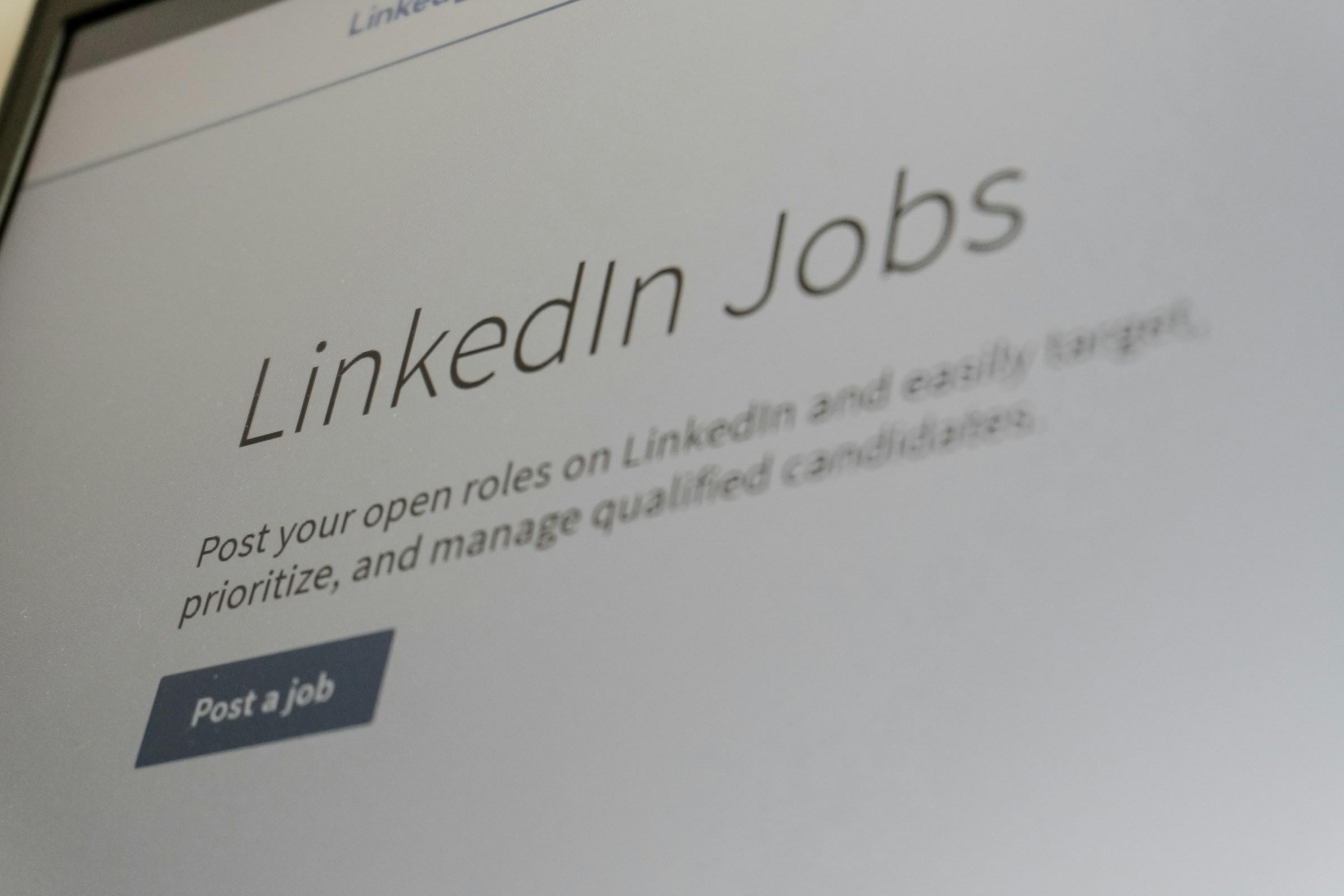Recruitment fraud and ghost vacancies have migrated from the margins to the mainstream of the job search experience. Applicants now treat every listing with suspicion, career coaches spend hours triaging red flags, and platforms insist they are improving detection. The pattern has a deeper cost than personal frustration. It corrodes market signals, inflates false hope, and pushes talent into defensive routines that slow mobility. This is not a story about a few bad actors. It is a structural failure across company incentives, platform economics, and weak enforcement.
The first loss is time. Serious candidates build bespoke applications, assemble work samples, and block entire evenings for assessments that never lead anywhere because the role was never approved or never intended to be filled. Multiply that by a quarter of a year and the hidden unemployment effect becomes visible. People who could have been interviewing for live roles are trapped in process loops that only benefit traffic and brand optics. In the UK, where many firms centralize requisition approvals through finance and HR gates, unapproved listings still slip through when hiring managers pre-market to test supply. In the Gulf, where labor mobility is influenced by visa timelines and sponsorship, a non-existent job can cost not just time but status. When a candidate resigns to pursue a supposed offer that never arrives, the financial and legal consequences compound.
The second loss is informational. Job markets depend on reliable signals to price skills. Fake or stale postings flood that signal with noise. They overstate demand for hot titles, understate scarcity in unglamorous functions, and distort salary anchoring. A flood of phantom openings for data roles can keep wage expectations elevated even when budgeted headcount is flat. Conversely, ghost postings in support functions can mask real shortages and suppress internal escalation for pay adjustments. Europe’s pay transparency rules are tightening in several jurisdictions, but transparency collapses when the underlying job is not real. You cannot benchmark against fiction.
The third loss is psychological. Candidates internalize rejection even when the process was never designed to end in an offer. Repeated non-responses teach learned helplessness. High performers who are between roles start to doubt their trajectory and accept poorer matches. The wear and tear is not visible to boards or platform operators, but it shows up in declining application quality, lower willingness to negotiate, and reduced geographic mobility. In the UAE and Saudi Arabia, where relocation remains a lever for career acceleration, distrust in postings reduces cross-border moves and slows the very talent inflows policy makers are trying to encourage.
There is also a quiet transfer of value from job seekers to companies and platforms. Every application seeds data. Portfolios are uploaded. Case studies are completed. Personality and cognitive tests are taken. Even when the job is not real, the data is. It trains screening models, calibrates salary bands, and enriches sales pipelines for adjacent products. In some markets, take-home assessments skirt the line between evaluation and unpaid work. The result is a shadow market where applicants provide labor and data without clarity on consent or outcome. That is not innovation. That is extraction.
Why do fake or non-actionable postings exist at scale? Incentives. Many firms use postings as a defensive hedge. If growth returns, they want a warm bench. If an incumbent underperforms, they want market coverage to pressure compensation conversations. In cyclical sectors, listings can support investor narratives about momentum. At the platform layer, more listings mean more clicks, more sponsored placements, and higher customer retention for enterprise clients. Strict verification adds friction and cost. Unless regulation or buyer behavior forces it, voluntary restraint rarely wins.
The regional divergence is instructive. In the UK, regulatory culture favors disclosure and paper trails, yet enforcement against misleading job ads is uneven because the harm is diffuse and the victims are scattered. In the EU, emerging pay transparency and platform accountability directives are creating a framework to penalize misleading listings, but cross-border enforcement remains slow. In the Gulf, where governments have moved quickly on fintech and consumer protection, labor market digital policy is catching up. Saudi Arabia and the UAE have both invested in centralized portals for public sector and quasi-government roles, which improves authenticity for those jobs, but the private market still runs primarily through commercial platforms and agency networks where verification standards vary. The result is a patchwork. Candidates shift to referral-first strategies, which advantages insiders and reduces social mobility.
Corporate brand leaders underestimate the reputational drag. A careers page that lists dozens of evergreen roles with no activity may look like ambition, but candidates read it as churn or chaos. Over time, serious applicants opt out. The pipeline fills with lower intent traffic. Hiring teams spend more time filtering and less time closing. The short-term optics destroy long-term efficiency. This is especially acute in Europe, where employer review culture is entrenched, and in the UAE, where word of mouth and WhatsApp groups can reset a company’s hiring reputation within a month.
There is a compliance angle that should concern boards. When a listing is used to collect demographic data under the flag of equal opportunity reporting and the role is not live, the company is misrepresenting the purpose of data collection. In the UK and EU, that is a consent problem. In the GCC, where data protection regimes have strengthened, it is a trust problem with regulators who are watching how Western multinationals localize their standards. The legal exposure may be limited today, but enforcement tightens when a public incident turns abstract harm into a headline.
Some leaders defend ghost postings as pipeline building. That argument collapses under scrutiny. A pipeline that is not tied to a budgeted role is not a pipeline. It is a mailing list. If your intent is future hiring, an honest expression of interest campaign that clearly states timing and expectations will perform better and harm less. Candidates will self-select based on their runway. Trust increases. Response rates rise when the real role opens.
What would a better architecture look like? Start with pre-commitment. Do not publish a role until finance confirms headcount, comp range, and timing. Then add public status signals on the listing. If a role is paused, say it. If interviews are complete, say it. If the role has been filled, keep the listing visible for a reasonable window and mark it as closed. That single act rewires expectations and reduces chase emails that burn recruiter time. Next, narrow the intake funnel. If you receive a thousand applications for a role that would never see more than ten interviews, you are not being open. You are creating unnecessary noise. Set clearer qualification gates and publish a realistic shortlist timeline.
Platforms have their own redesign to do. Verified role badges cannot be paywalled. They should be tied to auditable signals like linked requisition IDs, recruiter accreditation, and auto-expiration unless status updates occur. Search ranking should penalize roles that show no activity after a defined interval. Sponsored placement should require live verification, not just payment. The same ad quality logic that platforms apply to product marketplaces belongs in hiring.
For governments, the path forward is less about new penalties and more about enforceable transparency. Mandate status disclosures after set periods. Require clear retention policies for applicant data tied to non-hired roles. Encourage or require salary bands to reduce the room for bait listings that hook candidates with ambiguity. Public labor portals can set the standard, then require commercial partners to match it if they want access to public talent programs. In the Gulf, where nationalization policies and visa programs intertwine with hiring, a verified job ID standard managed at the ministry level would raise the floor quickly.
What about the individual job seeker in the meantime. The obvious advice repeats itself, but the strategic frame matters. Treat every listing as a hypothesis that must be validated. Look for proof of life. Has the hiring manager posted about the role. Are employees engaging. Is there recent funding or a known project that fits the hire. Has the role been refreshed with new copy or is it a clone from months ago. Calibrate your investment of time against those signals. Protect your prime hours for real conversations. Push for structured processes. Ask for timelines early. Decline unpaid projects that feel like delivery, not evaluation.
The negative effects of fake job postings extend beyond the candidate experience. They slow labor markets, misprice skills, and nudge talented people into caution when economies need mobility. They also cheapen the employer brand and waste recruiter capacity. Most of all, they reflect a system that optimizes activity over outcomes. Strategy leaders should not accept this as the cost of scale. It is a choice, reinforced by incentives that can be redesigned.
The fix will not come from a single actor. Companies must stop using listings as signaling theater. Platforms must treat job quality as seriously as product quality. Regulators must require status transparency and data discipline. Regions will move at different speeds, but the direction is clear. A market that respects applicant time produces better matches and faster growth. A market that harvests attention and data without intention produces noise and distrust.
This is an operational problem disguised as a cultural one. It is also solvable. The next hiring cycle will reward the firms that choose clarity, commit to honest pipelines, and verify what they publish. Everyone else will keep buying traffic to mask a trust deficit that only grows. Strategy is not about posting more. It is about deciding which signals you are willing to stand behind, in public, over time.














